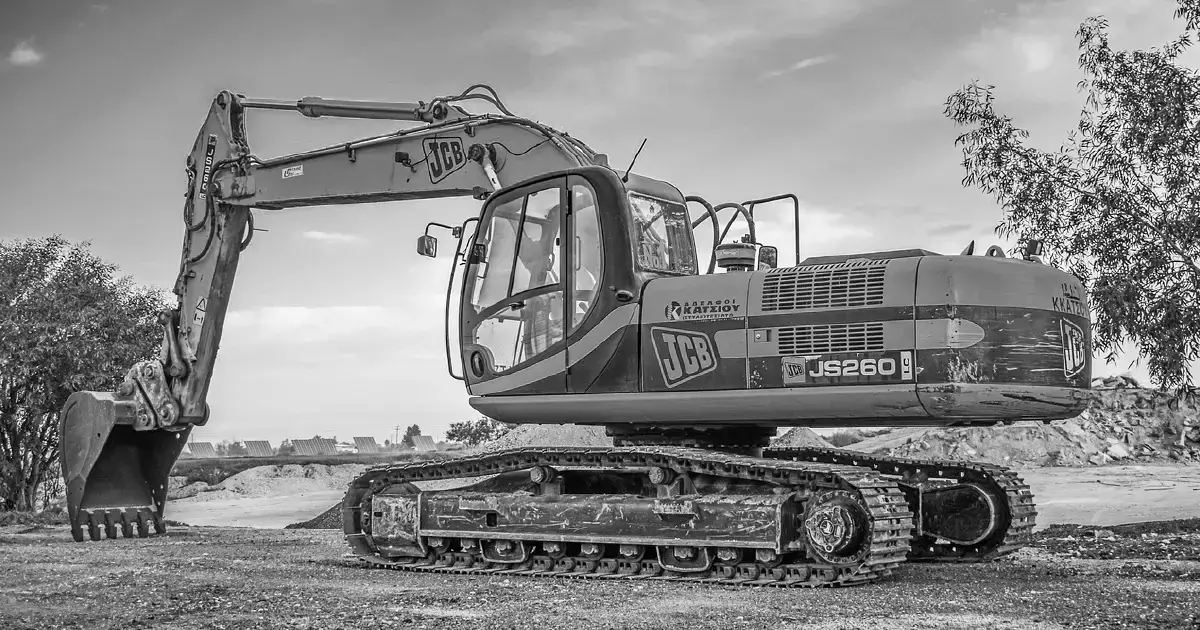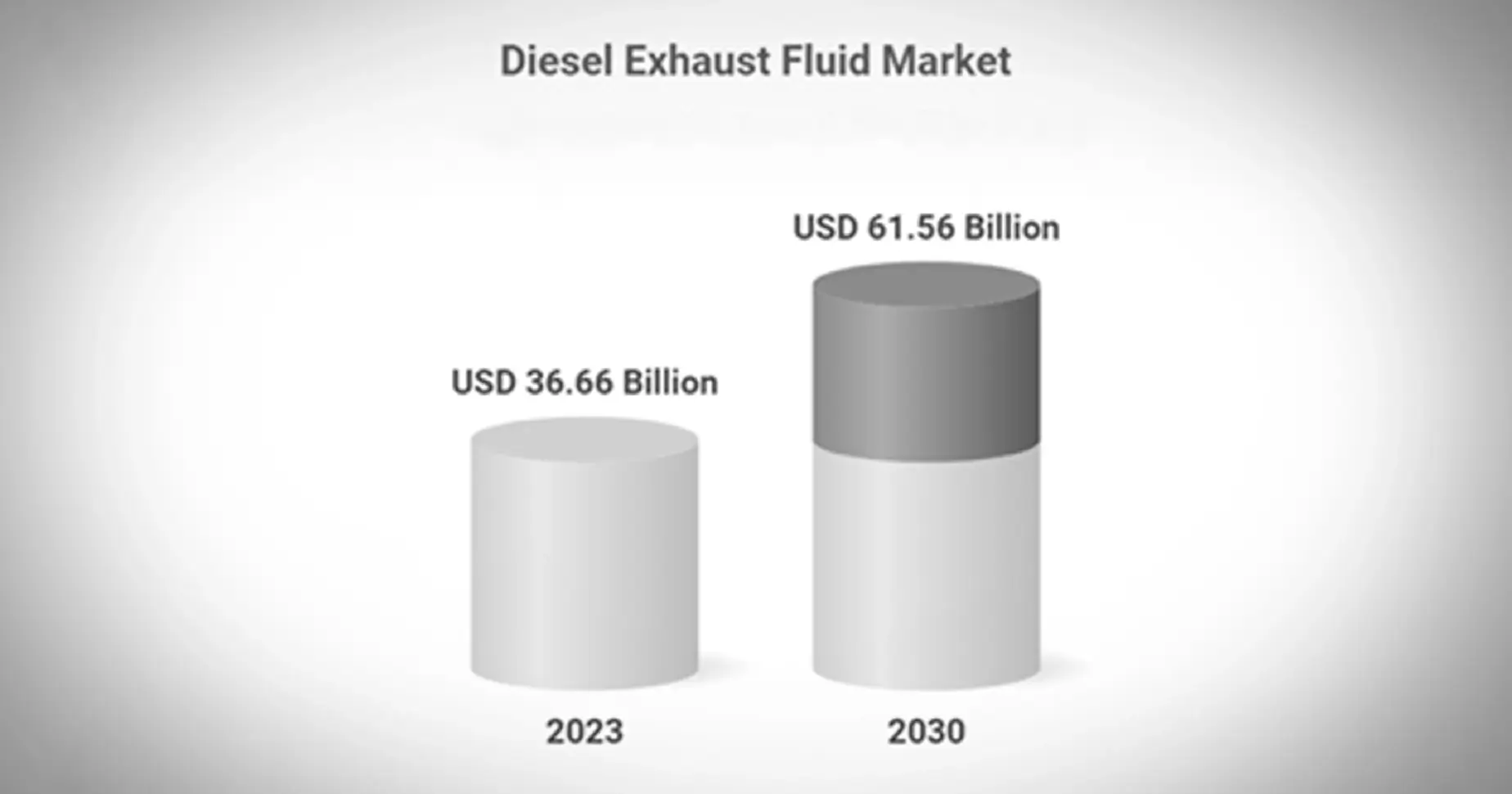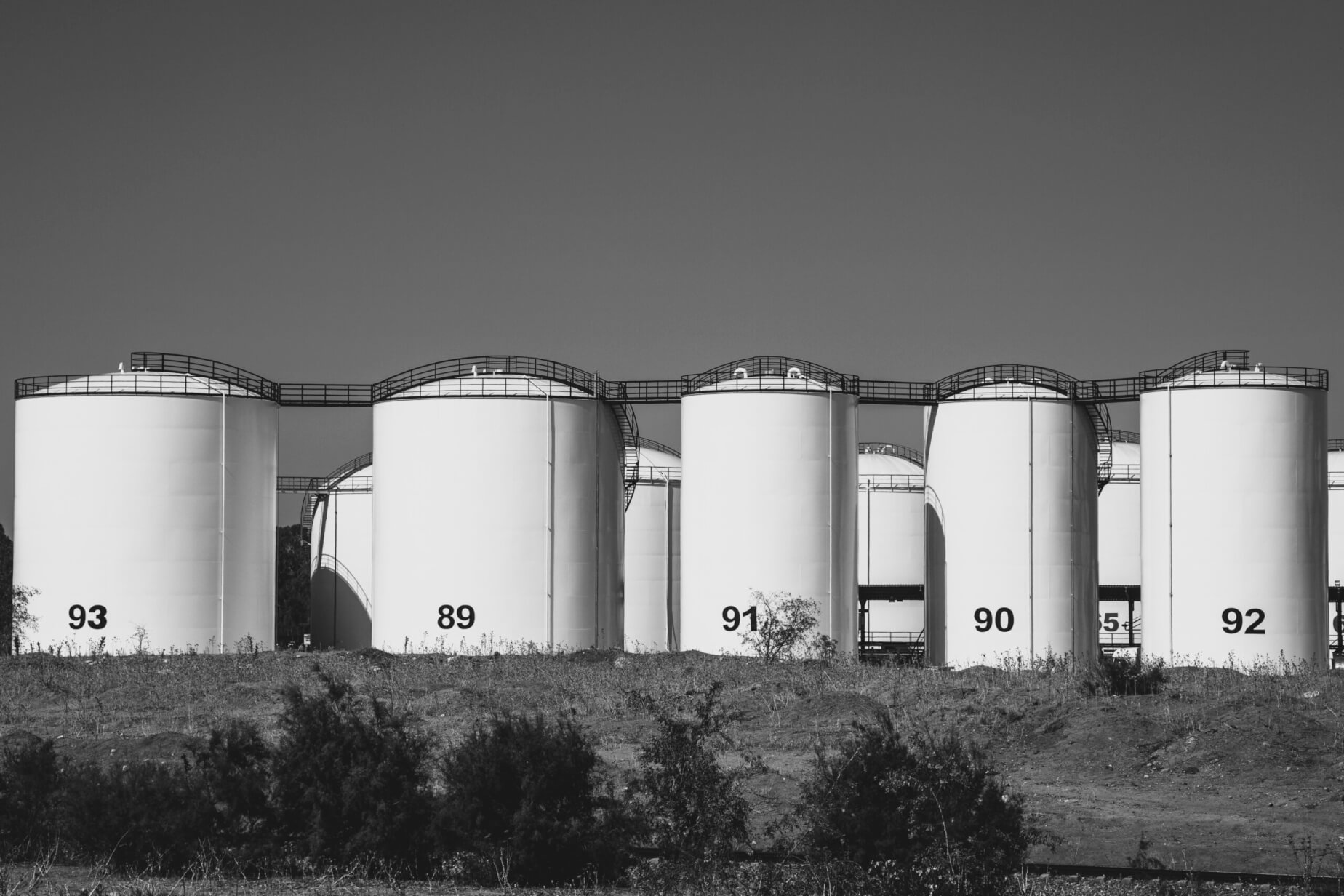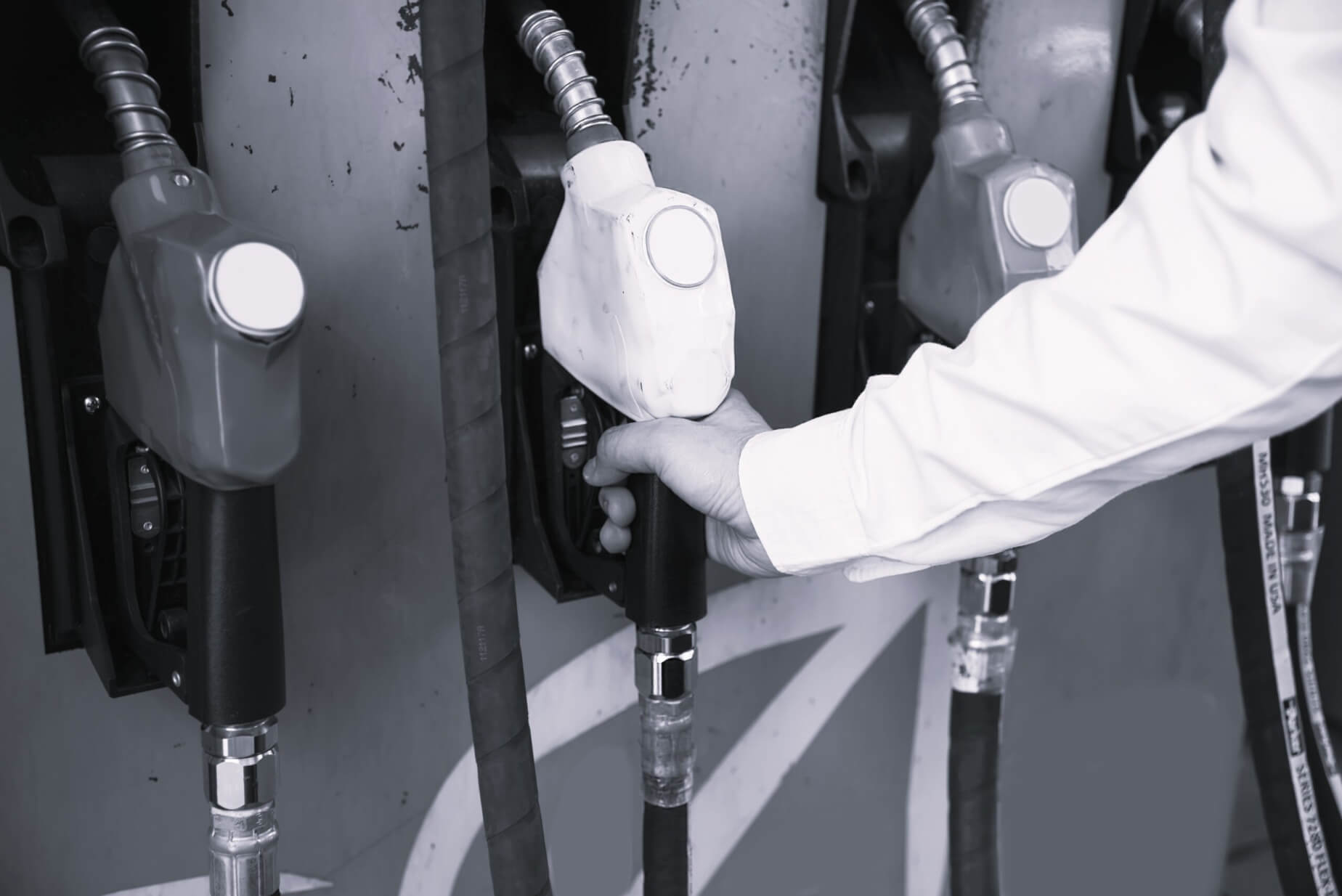Fuel costs can consist of 30 to 50 percent or more of equipment operating costs and are often the largest and least controlled expense. Sometimes, the cost can be one-third of total equipment expenses. That’s why as a project manager who works with construction equipment, measuring fuel consumption accurately is crucial for better budgeting.
By understanding how fuel is used, and what affects its consumption, project managers can plan more successfully, reduce expenditures, and lessen the effect of fuel usage on the environment. Below, we’ve highlighted key methods like simple formulas, telematics, and fuel-tracking software to calculate fuel consumption effectively. We’ll also share some practical tips to lower fuel consumption for construction equipment!

Factors Affecting Fuel Consumption in Construction Equipment
The largest expense of heavy equipment is its fuel consumption. However, knowing what affects fuel usage can help improve efficiency and fuel economy. Here are the main variables that affect fuel usage:
1. Equipment Type and Size
Fuel usage depends on engine size and equipment type where larger engines with more horsepower consume more fuel. Moreover, different machines like excavators, bulldozers, and loaders have varying fuel efficiency based on their power needs.
2. Load and Work Conditions
Fuel consumption increases with heavier loads, tougher work cycles, and difficult terrain such as slopes or soft ground. In addition to this, extreme weather conditions, such as very high or low temperatures also reduce engine efficiency and increase fuel use.
3. Operator Behavior
If operators are well-trained in fuel-efficient techniques they’ll have the right strategies to control excessive idling. They’ll also know to use the right gear and throttle settings to decrease fuel usage.
4. Maintenance and Equipment Condition
Regular maintenance, including oil changes and filter replacements, keeps engines running more efficiently and saves fuel. Moreover, proper tire pressure reduces resistance and ascertains better fuel usage. Whereas, worn or outdated equipment can lower efficiency due to mechanical issues.
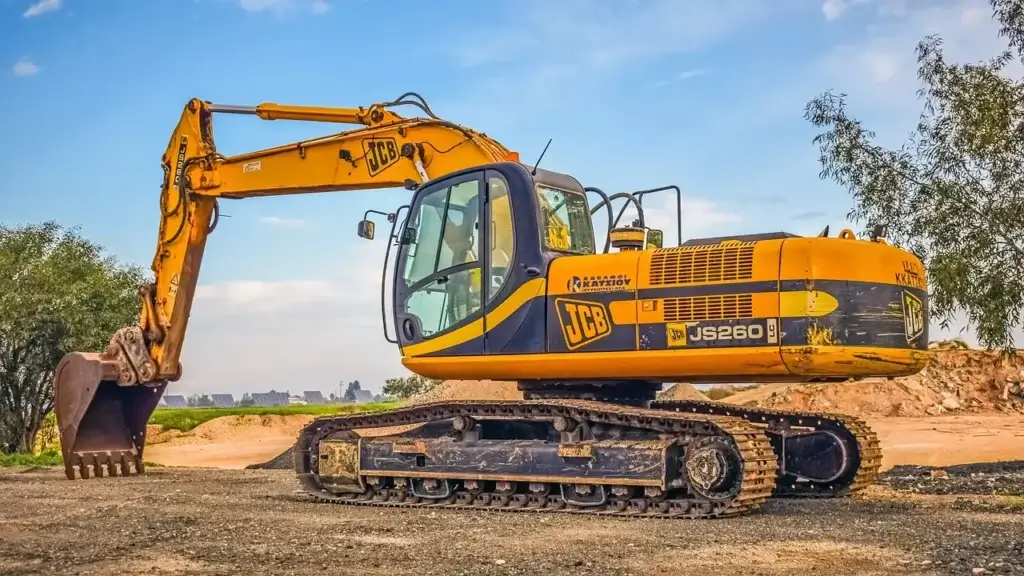
Methods for Calculating Fuel Consumption
You can use standard formulas, engine horsepower, telematics, and manufacturer’s guidelines to calculate fuel consumption for heavy machinery. There are useful construction site refueling practices that can be used to improve operations. Here’s the standard formula on how to calculate fuel consumption:
Fuel Consumption (gallons or liters per hour) = Fuel Used ÷ Operating Hours
Example:
For example, if a machine uses 50 gallons of fuel over 10 hours:
Fuel Consumption = 50 ÷ 10 = 5 gallons per hour
This means the machine uses 5 gallons of fuel per hour under normal conditions. For more precise calculations and cost savings, tools like Fuel Logic’s Fuel Saving Calculator can help you analyze and optimize fuel usage.
Using Engine Horsepower (HP) to Estimate Fuel Consumption
Fuel consumption is closely tied to engine horsepower (HP). More powerful engines use more fuel because they do more work. Generally, the industry standard rate for fuel consumption is around 0.06 gallons per HP at 240 g/kW hour. Though, this can vary based on efficiency and conditions.
Example:
The fuel consumption for a 50 HP gasoline engine would be:
Fuel Consumption = 50 HP × 0.06 gallons = 3 gallons per hour.
These values may differ with different efficiencies of engine and operating conditions. Therefore refer to the manufacturer’s data for more precise values.
Telematics and Monitoring Systems
These systems use GPS, onboard diagnostics (OBD), and sensors to follow the performance of a vehicle, its location, and fuel consumption in real-time. This data is then further transmitted to a central server where it is analyzed for fleet management. There are useful impact of fuel management in the construction company like Telematics systems track fuel consumption using various methods such as:
- Fuel sensors in tanks measure fuel levels in real-time, allowing the system to calculate consumption.
- Sensor data, including speed, throttle position, and load, enables fuel usage estimation according to actual fuel models.
- GPS tracking monitors drivers’ driving behavior such as idle time, acceleration, and braking that affect fuel efficiency, thus, helping improve the behavior of drivers to save more fuel.
Telematics systems have several advantages in terms of tracking fuel consumption. They provide accurate data, eliminating the need for manual estimates, which helps control costs. Other advantages include:
- Real-time monitoring that detects fuel inefficiencies, allowing for quick fixes.
- Analyzing past data reveals trends and helps improve fuel-saving strategies.
- Optimize routes and schedules to cut fuel costs and increase efficiency.
- Insights into driver behavior, like harsh acceleration and idling, help reduce fuel use through training.
- Prevent fuel theft.
- Support sustainability by helping lower emissions and carbon footprint.
Manufacturer’s Guidelines
Other than formulas and telematics, there are other sources as well that share fuel consumption details. To find fuel usage data for construction equipment, start with the owner’s manual, which usually includes detailed specs.
Furthermore, you can check the manufacturer’s website for technical details. Government agencies, such as EPA, also publish fuel economy data. Unlike manufacturer’s guidelines for vehicles, fuel consumption for construction equipment is usually measured in gallons per hour (GPH) rather than miles per gallon (MPG).
However, if converted, the average MPG for bulldozers and excavators typically gets around 0.5 to 1. While loaders and motor graders are more efficient, averaging 1 to 2 MPG. This shows how long equipment can operate on one gallon of fuel.
Higher MPG means better efficiency. Though, real-world fuel consumption often differs from manufacturer estimates due to various factors. For instance, work conditions, such as steep terrain or extreme weather can increase usage.
Heavier equipment loads or demanding tasks also require more power, leading to higher fuel use. Other factors include excessive idling and neglecting regular maintenance like oil changes and filter replacements.

Tools and Technologies For Tracking Fuel Consumption
Combining methods offers the best view of fuel consumption by construction equipment. You can use basic formulas for simple calculations or if you have basic data. But use digital tools and technologies for fuel usage monitoring in real-time and detailed analysis. Following are some tools and technologies to utilize:
1. Fuel Consumption Tracking Software
Digital tools like fuel consumption tracking software have transformed how construction equipment fuel use is tracked. These software solutions provide features ranging from basic data entry to advanced analytics, offering businesses clear insights into fuel consumption. Here are some benefits of using fuel-tracking software:
- Automated tracking reduces errors and ascertains precise data.
- Integration with fuel dispensers and telematics offers a complete view of fuel usage.
- Historical data helps spot trends and identify ways to improve fuel efficiency.
- Live monitoring alerts users to unusual fuel consumption.
- Automated reports provide quick insights for better decisions.
2. Telematics and GPS systems
Telematics systems are key for tracking fuel use in construction equipment. Combining GPS with sensors, they provide real-time data on:
- Fuel Levels – Monitor for leaks or unauthorized use.
- Engine Hours – Calculate fuel consumption per hour accurately.
- Idle Time – Spot and reduce unnecessary idling.
- Geo-Fencing – Set virtual boundaries to track equipment and prevent misuse.
Telematics and GPS systems track fuel usage by integrating various technologies. Fuel sensors continuously monitor fuel levels in real time, helping detect any leaks or irregularities.
While a data analysis that includes RPM, load, and throttle position for the engine represents fuel consumption and provides some guidance on how well equipment is being used. GPS tracking would also be important in identifying inefficient routes and periods of excess idling to allow better route planning and adjustments for fuel saving.
3. Manual Tracking and Logs
Despite the benefits of digital tools, manual tracking remains important for managing fuel consumption. Here are some tips for accurate record-keeping:
- Use consistent log sheets for uniform data collection.
- Regularly update fuel levels, odometer readings, and fuel purchases.
- Note factors like weather, terrain, and equipment load.
- Periodically check logs for trends and issues.
- Cross-check manual records with digital data for accuracy.
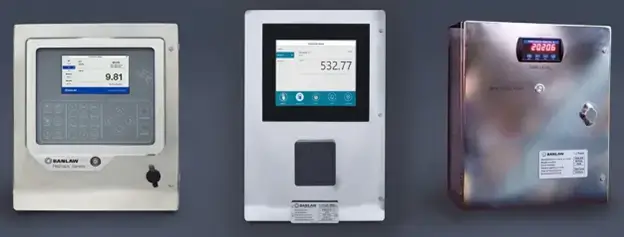
Practical Tips for Reducing Construction Equipment Fuel Consumption
Other than using formulas and technology to reduce fuel consumption costs, you must also take some practical steps. For instance, optimize equipment use, maintain machinery regularly, and train operators in fuel-saving techniques to significantly cut fuel usage.
These practical tips when used in conjunction with minimizing fuel consumption expenses ascertain better performance, lower expenses, and more sustainable operations. Here’s each tip explained in detail:
A. Optimizing Equipment Use
Choosing the right equipment for a job is crucial to fuel efficiency. Select machines that are appropriately sized for a task, as using oversized equipment wastes fuel. When purchasing, consider operating costs, including fuel consumption, and evaluate site conditions like terrain and weather to pick the best equipment.
In addition, to optimize equipment usage, plan work sequences to reduce movement and idle time. Also, avoid overloading machines, as this increases fuel use and lowers performance. Train operators on fuel-saving techniques like proper gear selection and throttle control.
B. Regular Maintenance
Regular maintenance is also an important step in keeping fuel consumption in check. It makes certain equipment run efficiently, reduces wear and tear, and extends the life of components.
Proper engine tune-ups, replacing air and fuel filters, checking tire pressure, maintaining hydraulic systems, and regular lubrication all contribute to better performance and lower fuel usage. These tasks help optimize engine function, minimize energy loss, and improve overall efficiency, saving both fuel and costs over time.
C. Operator Training
Training operators in fuel-efficient practices is extremely crucial. Teach them to reduce idle time using low-idle modes or shutdown systems, proper gears for varying loads, and gentle acceleration and braking. Eco-driving techniques can further improve efficiency.
Plan tasks efficiently to limit unnecessary movement, use remote control technology, and install auto-idle shutdown systems. Raising operator awareness about idle time’s impact on fuel use can also make a significant difference.
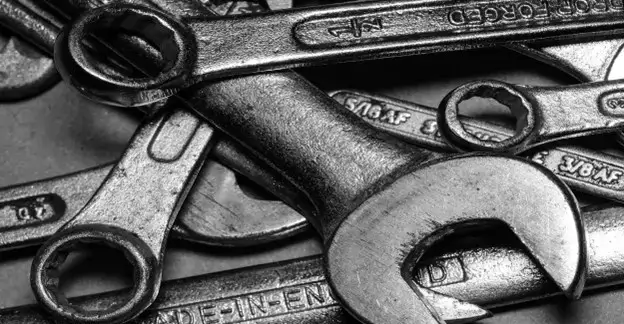
Key Takeaways
Tracking fuel consumption accurately is pivotal for controlling costs and improving fuel economy in construction projects. Fuel is a major expense, so for project managers, comprehending how it’s used and better construction fuel storage can help reduce costs and minimize environmental impact.
Methods to calculate fuel usage range from simple formulas and horsepower estimates to advanced tools like fuel calculators, telematics, and fuel-tracking software. But to get the best results, combine basic methods with digital tools. This is because while manual methods are useful for basic tracking, digital tools provide real-time data and deeper insights for better decisions.

FAQs
Q1: What is the average fuel consumption of construction equipment?
Construction equipment fuel consumption varies by type and use. But it averages 5 to 10 gallons per hour or more for heavy machines like large excavators.
Q2: Why is calculating fuel consumption important for construction equipment?
Calculating fuel consumption is pivotal to controlling costs, improving efficiency, and reducing environmental impact. It also aids in budgeting, maintenance, and performance optimization.
Q3: Is there a standard method to estimate fuel consumption for different types of equipment?
No. There isn’t one method for estimating fuel consumption for different types of equipment. However, you can predict fuel needs based on load, distance, and terrain by using formulas that depend on equipment specs, fuel sensors to monitor usage or machine learning.
Q4: Can the type of fuel affect equipment fuel consumption?
Yes, fuel type impacts consumption. High-quality fuel improves efficiency and reduces engine wear. Also, diesel engines are usually more efficient than gasoline.
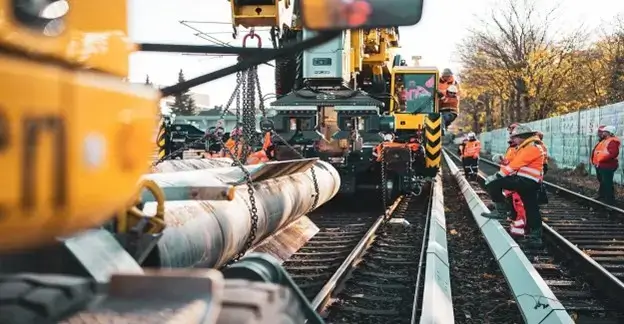
Save On Fuel Consumption and Get Instant Fuel Delivery For Your Equipment With Fuel Logic!
By using basic calculations, along with advanced tools you can monitor fuel use, improve fuel economy, and cut down on fuel consumption expenses. To also save on fuel delivery costs for your construction equipment, choose Fuel Logic.
We provide nationwide and job-site fuel delivery, making sure your equipment is always ready. Save time, reduce downtime, and keep your projects running smoothly. Contact Fuel Logic today and order on-site fuel delivery service for your construction equipment, tailored to your refueling schedule!

